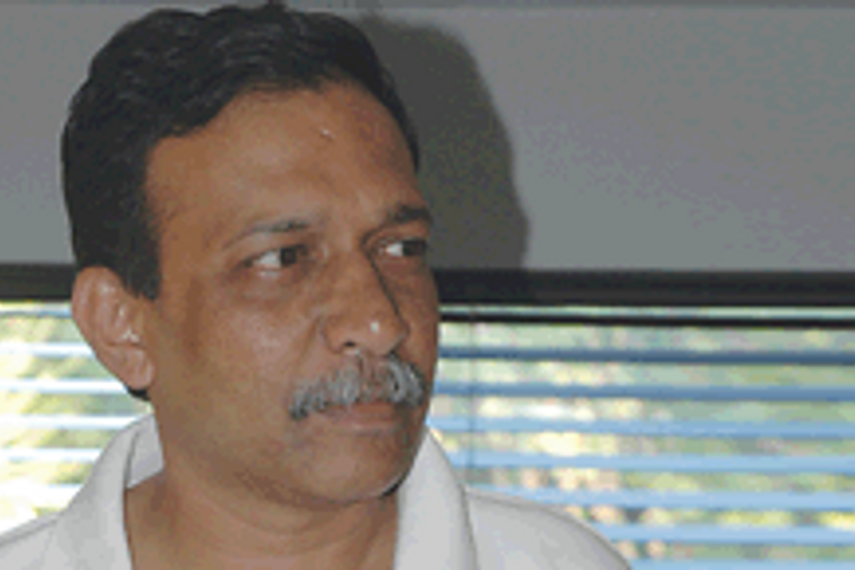
Please sign in or register
Existing users sign in here
Having trouble signing in?
Contact Customer Support at
[email protected]
or call+91 22 69489600
During the last assembly elections in Maharashtra, I was fortunate to be permitted by two candidates to sit in on all their strategy sessions.Unfortunately, there was hardly any strategy involved in their discussions.I wanted to see if there was any science in what they were doing.There wasn’t. To me, voter targeting was all science. If you applied science and mathematics, you could improve your chances of winning manifold.

Contact Customer Support at
[email protected]
or call+91 22 69489600
Top news, insights and analysis every weekday
Sign up for Campaign Bulletins
She will lead marketing and advertising functions across the division, focusing on campaigns that enhance brand visibility and consumer connection.
IPO-bound Lenskart has launched a new brand christened ‘B by Lenskart Smartglasses’
Gaming company Nazara Technologies has launched a refreshed new brand identity.
A global paper from Havas Red shows how audiences are tuning out brand experiences that feel overly familiar or formulaic and what works instead.